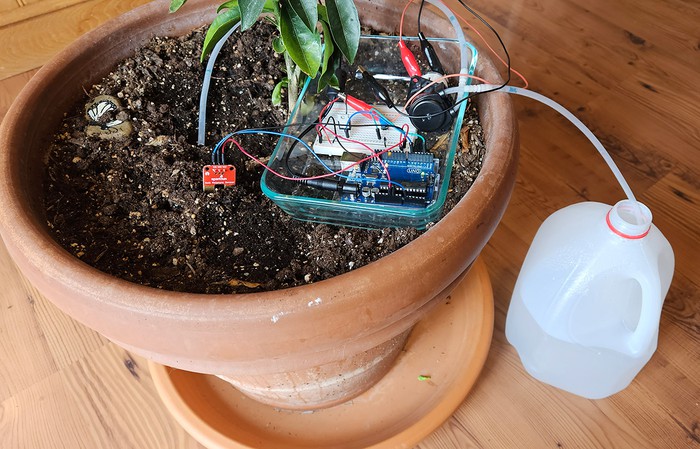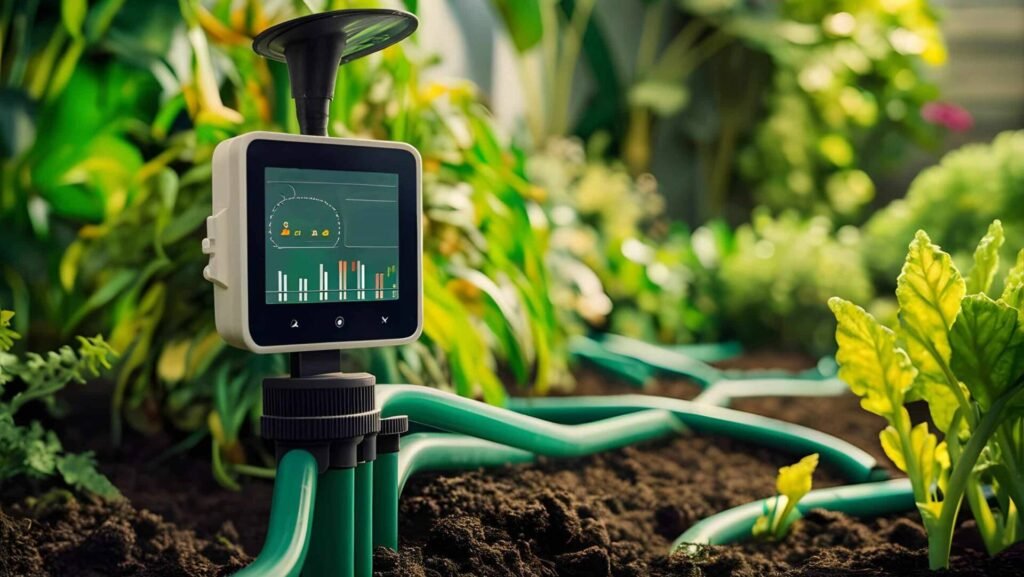Taking care of plants requires time and effort. They need regular watering, sunlight, and nutrients. But life gets busy. Sometimes, it’s hard to keep up with plant care. This is where smart irrigation systems can help. They make plant care easier and save water too.
What Are Smart Irrigation Systems?
Smart irrigation systems are tools that help water plants automatically. They use sensors and timers to decide when and how much water your plants need. You don’t have to worry about forgetting to water your plants.
Why Use Smart Irrigation Systems?
There are many reasons to use smart irrigation systems. Here are some of the main benefits:
- Save Time: You don’t need to water plants yourself every day.
- Save Water: These systems use just the right amount of water.
- Healthy Plants: Plants get water when they need it most.
- Easy to Use: These systems are simple to set up and manage.
How Do Smart Irrigation Systems Work?
Smart irrigation systems are powered by technology. They use sensors to check soil moisture. If the soil is dry, the system waters the plants. Some systems also check weather data. If it’s going to rain, they skip watering. This helps save water.
Key Parts Of Smart Irrigation Systems
Here are the main parts of a smart irrigation system:
| Part | Description |
|---|---|
| Sensors | Measure soil moisture and temperature. |
| Timers | Control when water is released. |
| Sprinklers or Drip Lines | Deliver water to plants. |
| Controller | Connects sensors and timers for smooth operation. |

Credit: www.sciencebuddies.org
Steps to Automate Plant Care
Setting up a smart irrigation system is easy. Follow these steps:
- Choose the Right System: Pick a system that suits your garden size.
- Install Sensors: Place sensors near your plants to measure soil moisture.
- Set Up Timers: Decide how often your plants should be watered.
- Connect Sprinklers or Drip Lines: Install water outlets near plants.
- Test the System: Check if everything works properly.
Tips for Using Smart Irrigation Systems
Here are some tips to get the most out of your system:
- Check sensors regularly to ensure they’re working correctly.
- Clean sprinklers or drip lines to avoid clogs.
- Adjust timers during rainy or dry seasons.
- Use weather-based systems for more accurate watering.
Smart Irrigation Systems for Indoor Plants
Indoor plants can also benefit from smart irrigation systems. Smaller systems are available for indoor gardens. These systems work just like outdoor ones. They water plants automatically based on soil moisture levels.
Can Smart Irrigation Systems Save Money?
Yes, they can. Smart systems use less water than traditional methods. Over time, your water bill will reduce. Plus, they help avoid overwatering, which can damage plants. Healthy plants need fewer replacements, saving money on new plants.

Credit: letpot.com
Challenges of Smart Irrigation Systems
While these systems are helpful, they have some challenges. Sensors can break or stop working. Timers may need frequent adjustments. Installation can be tricky for larger gardens. However, these issues are minor compared to the benefits.
Frequently Asked Questions
What Is A Smart Irrigation System?
A smart irrigation system automates watering using sensors, timers, and weather data. It saves water and ensures healthy plants.
How Does Smart Irrigation Save Water?
Smart irrigation reduces waste by watering only when needed. It uses soil moisture sensors and weather forecasts for precision.
Can Smart Irrigation Work For Indoor Plants?
Yes, some smart irrigation systems are designed for indoor plants. They use drip systems or self-watering pots.
Do Smart Irrigation Systems Need Wi-fi?
Many smart systems use Wi-Fi for remote control via apps. Some basic models work without internet.
Conclusion
Smart irrigation systems make plant care simple and efficient. They save time, water, and money. Healthy plants are easier to maintain with these systems. If you love gardening but have a busy life, smart irrigation is a great solution. Start exploring options today!

